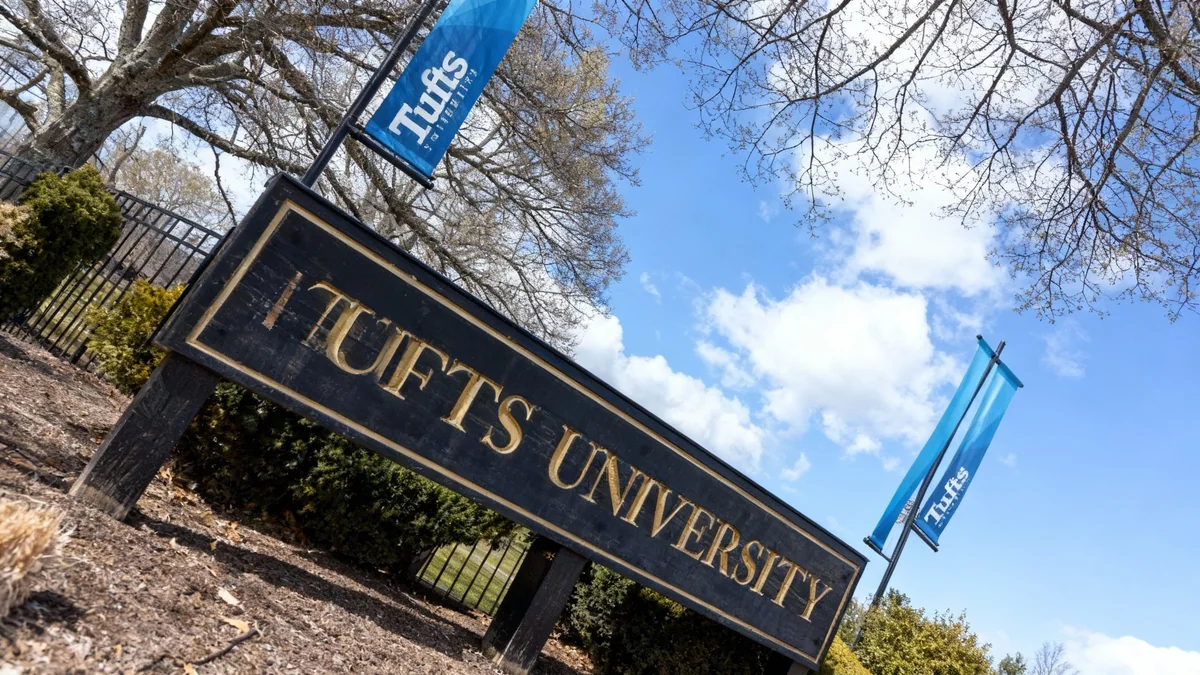A growing trend in higher education shows that institutional grants, often labeled as 'merit aid,' are disproportionately benefiting students from high-income families. New analysis of government data reveals that a significant portion of this financial assistance is awarded to students who do not demonstrate financial need, raising questions about equity in college admissions and affordability.
The data indicates that 56% of students from households in the top income quartile now receive institutional grants that exceed their calculated financial need. This shift occurs as the total amount of grant aid distributed by colleges has surged over the past decade, reaching $83 billion in the most recent academic year.
Key Takeaways
- Over half (56%) of students from the highest income bracket receive college grants that surpass their demonstrated financial need.
- Colleges distributed $83 billion in grant aid last year, a sharp increase from $50 billion in 2010.
- The practice is driven by competition among universities to attract students with strong academic profiles, who often come from wealthier backgrounds.
- This trend directs financial resources away from students with the greatest financial need, impacting college accessibility for lower-income families.
The Shifting Landscape of Financial Aid
For years, universities have been engaged in an escalating competition to attract top-tier students. A primary tool in this race is the strategic use of institutional grants. While traditionally associated with helping students from low-income backgrounds afford tuition, these funds are now increasingly deployed as 'merit aid' to entice academically gifted applicants, regardless of their family's financial situation.
This strategy has led to a substantial increase in overall grant spending. A decade ago, colleges gave out approximately $50 billion in grant aid. That figure has now climbed to $83 billion, reflecting a fundamental change in how institutions allocate their financial resources. The sticker price of tuition has risen in tandem, creating a system where many families rely on these discounts to make attendance possible.
The Sticker Price vs. Net Price
Many universities have adopted a 'high-tuition, high-aid' model. They set a high official tuition cost (the sticker price) but offer significant grants and scholarships to a large number of students. The actual amount a family pays after this aid is the net price. This model allows schools to use aid strategically to shape their incoming class.
An Outsized Benefit for the Wealthy
The core issue highlighted by recent analysis is where this money is going. The data shows a clear pattern: students from families with fewer financial constraints are receiving a disproportionate share of the aid. More than half of all students from the wealthiest 25% of households are awarded grants that cover more than the gap between the cost of attendance and what their family is expected to contribute.
This redirection of funds has significant consequences. Peter Granville, a fellow at the Century Foundation who co-authored the report on the data, points out the inequity of the situation.
"Groups that need the money less actually receive outsized shares of it," Granville stated, explaining that the competition for students with the best academic credentials has the unintended effect of benefiting upper-income families.
A Troubling Statistic
56% of students from the top income quartile receive grants that are larger than their calculated financial need. This means the aid goes beyond making college affordable and acts as a financial incentive to enroll.
The University Perspective
From the perspective of college admissions departments, the strategy makes competitive sense. Universities argue that merit-based awards are essential for attracting a talented and diverse student body. These scholarships can secure the enrollment of high-achieving students who might otherwise choose a rival institution.
Administrators also contend that merit aid can help middle-class families who do not qualify for federal need-based aid, such as Pell Grants, but still find the full cost of college prohibitive. In this view, merit scholarships bridge a critical gap for families caught between high income thresholds for federal aid and the soaring costs of tuition.
However, critics argue this approach creates a cycle where schools prioritize students who can boost their rankings and prestige, often at the expense of those who require aid to simply access higher education. The result is that lower-income students are left to compete for a smaller pool of dedicated need-based funds or are forced to take on more significant student loan debt.
The Long-Term Consequences
The escalating use of merit aid to attract affluent students has broad implications for the accessibility and equity of higher education in the country. As more institutional dollars are channeled toward recruitment incentives, fewer are available for traditional, need-based financial aid programs.
This can create barriers for highly qualified students from low-income backgrounds, potentially limiting their college choices to institutions with fewer resources or forcing them to take on unsustainable levels of debt. The practice risks widening the existing enrollment gap between students from different socioeconomic backgrounds.
While the challenge of paying for college is a near-universal concern for American families, the current aid distribution trends suggest that the system is becoming less effective at supporting those who need it most. The debate continues over whether the pursuit of institutional prestige justifies a financial aid model that increasingly favors those with existing advantages.





